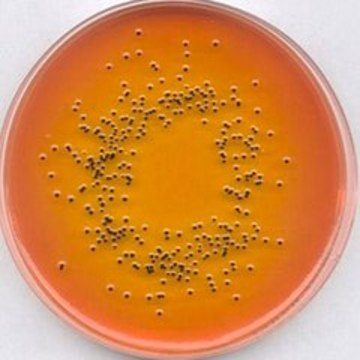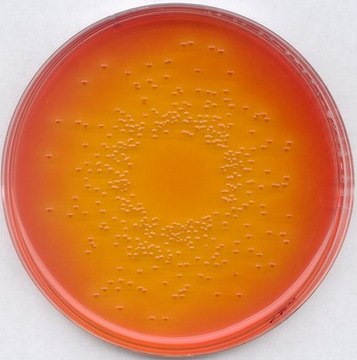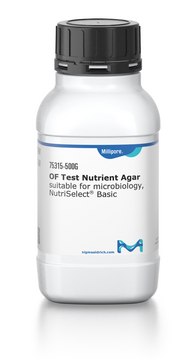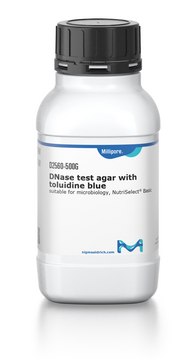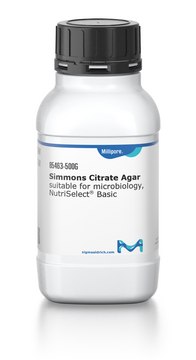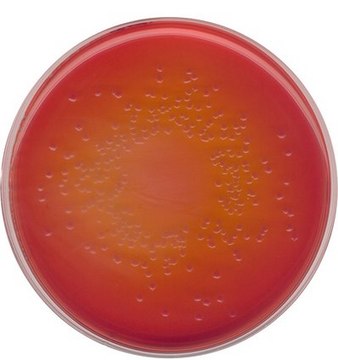28408-U
Vacuum Adapter
I.D. 10 mm, pk of 1
About This Item
Recommended Products
description
for procesing packed and empty dioxin columns and dual-layer reversible carbon tubes individually using vacuum pressure
packaging
pk of 1
technique(s)
solid phase extraction (SPE): suitable
I.D.
10 mm
application(s)
food and beverages
Related Categories
1 of 4
This Item | 85640 | 85766 | 95586 |
|---|---|---|---|
| technique(s) microbiological culture: suitable | technique(s) microbiological culture: suitable | technique(s) microbiological culture: suitable | technique(s) microbiological culture: suitable |
| suitability selective and differential for Salmonella spp., selective and differential for Shigella spp. | suitability selective and differential for Salmonella spp., selective and differential for Shigella spp. | suitability selective and differential for Escherichia coli, selective and differential for Proteus spp., selective and differential for Salmonella spp., selective and differential for coliforms | suitability selective and differential for Klebsiella spp., selective and differential for Proteus spp., selective and differential for Salmonella spp., selective and differential for Shigella spp., selective and differential for enterobacteriaceae |
| form powder | form powder | form powder | form powder |
| composition agar, 15 g/L , lactose, 10 g/L , meat peptone, 5 g/L , sodium citrate, 6 g/L , sodium thiosulfate, 5.4 g/L , ammonium ferric citrate, 1 g/L , neutral red, 0.02 g/L , meat extract, 5 g/L , sodium deoxycholate, 3 g/L | composition agar, 15.0 g/L , brilliant green, 0.0003 g/L , ferric citrate, 1.0 g/L , lactose, 10.0 g/L , meat extract, 5.0 g/L , neutral red, 0.025 g/L , ox bile, dehydrated, 8.5 g/L , peptone, 5.0 g/L , sodium citrate, 10.0 g/L , sodium thiosulfate, 8.5 g/L | composition agar, 15 g/L , casein hydrolysate, 3.7 g/L , di-potassium hydrogen phosphate, 3.3 g/L , lactose, 9.4 g/L , pararosanilin (fuchsin), 0.8 g/L , peptone from meat, 3.7 g/L , potassium hydrogen phosphate, 1 g/L , sodium chloride, 3.7 g/L , sodium deoxycholate, 0.1 g/L , sodium lauryl sulfate, 0.05 g/L , sodium sulfite, 1.6 g/L , tryptose, 7.5 g/L , yeast extract, 1.2 g/L | composition agar, 15 g/L , ammonium ferric citrate, 0.8 g/L , lactose, 7.5 g/L , L-lysine hydrochloride, 5 g/L , phenol red, 0.08 g/L , sodium chloride, 5 g/L , sodium deoxycholate, 2.5 g/L , sodium thiosulfate, 6.8 g/L , sucrose, 7.5 g/L , xylose, 3.5 g/L , yeast extract, 3 g/L |
| application(s) clinical testing | application(s) clinical testing | application(s) agriculture | application(s) environmental |
| Quality Level 200 | Quality Level 200 | Quality Level 200 | Quality Level 200 |
Choose from one of the most recent versions:
Certificates of Analysis (COA)
It looks like we've run into a problem, but you can still download Certificates of Analysis from our Documents section.
If you need assistance, please contact Customer Support
Already Own This Product?
Find documentation for the products that you have recently purchased in the Document Library.
Articles
Salmonella contamination is the second leading cause of food-borne illness worldwide. Controlling outbreaks of Salmonella is an important task for food regulators, restaurants and the food industry in general. The Salmonella family includes over 2,300 serotypes of bacteria, but two types, Salmonella enteritidis and Salmonella typhimurium, are responsible for about half of all human infections. Most outbreaks of Salmonella are traced back to dairy, poultry and meat products, but Salmonella can grow on nearly any food. Chicken, eggs and their derivative products are particularly high risk.
Salmonella, with 2,300+ serotypes, causes half of food-borne illnesses, often from dairy, poultry, and eggs.
Our team of scientists has experience in all areas of research including Life Science, Material Science, Chemical Synthesis, Chromatography, Analytical and many others.
Contact Technical Service